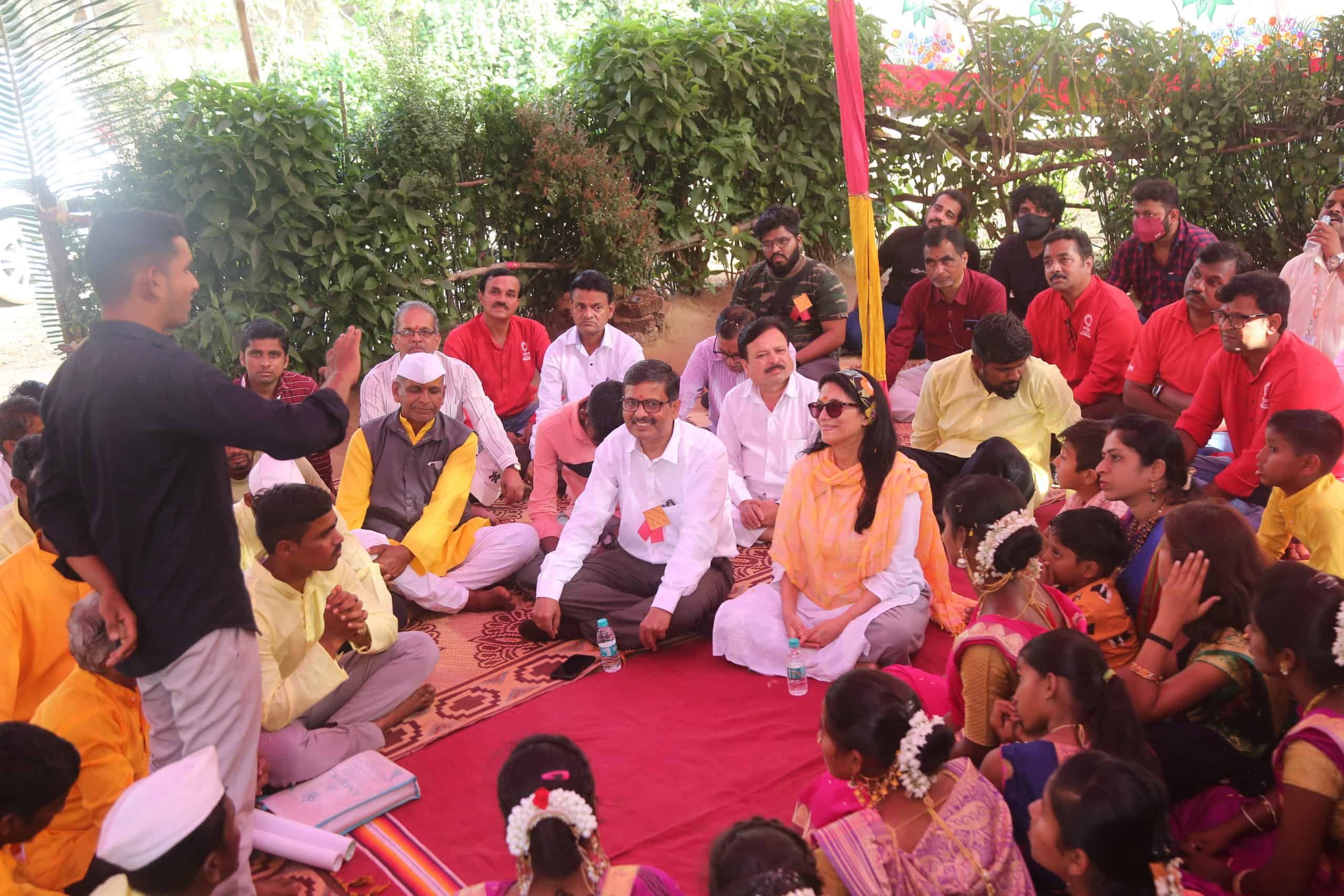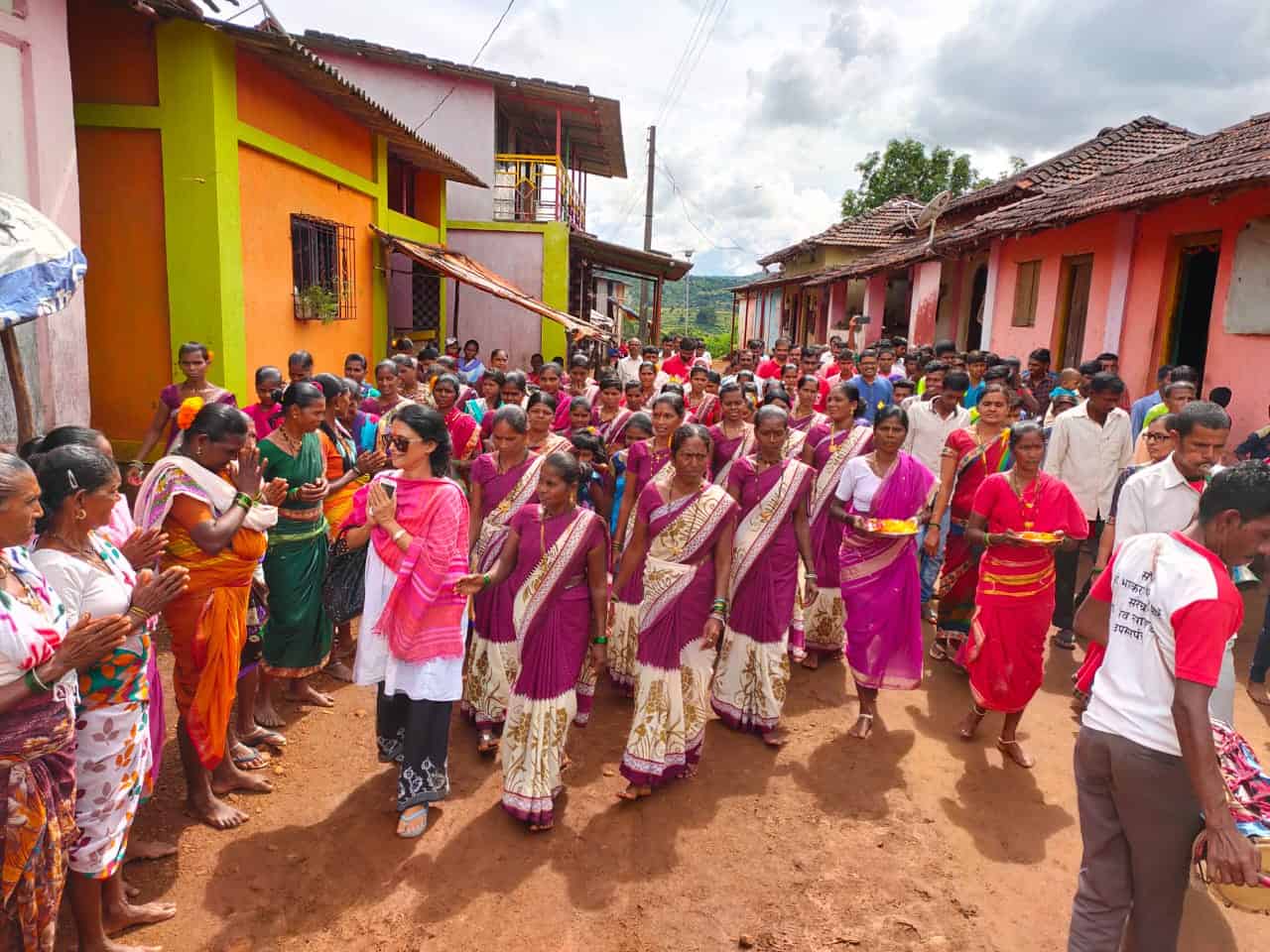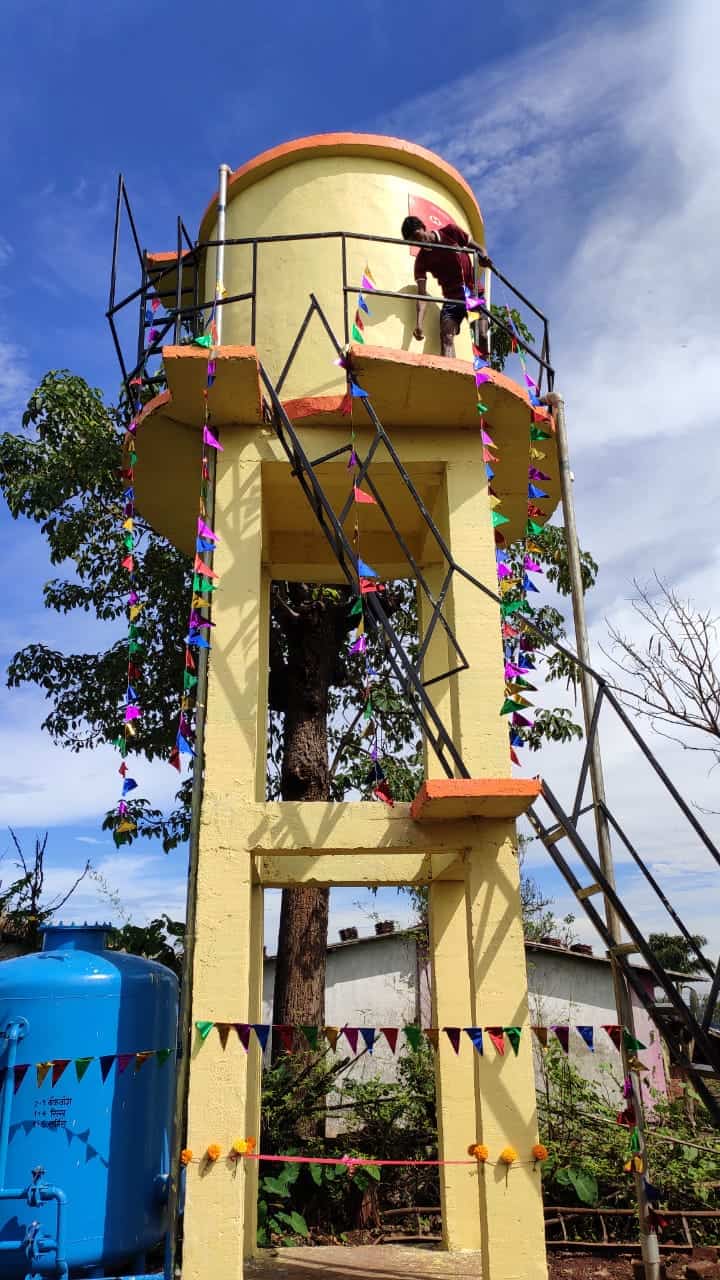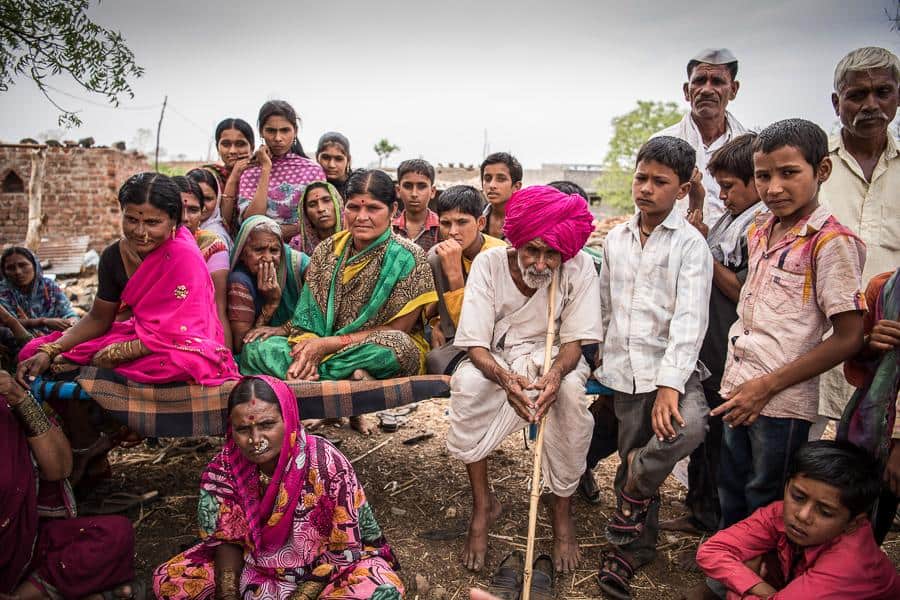Almost two years ago, I visited Kavelawadi Thakurwadi, a remote village in Maharashtra. Many families migrated to cities for work and only 70 families stayed in the village. The residents had gathered to discuss the challenges that blocked their development. Kavelevadi grappled with water scarcity, lack of household toilets, poor school infrastructure, and limited income-generating opportunities. In their discussions, I observed that residents had mentally accepted that they were poor and could not change their fate. They lacked hope.
- #20233 (no title)
- About Us
- Advisory Board
- Annual Report 2019
- Careers
- Contact
- Contribute to Swades COVID-19 Relief & Recovery Fund
- COVID19 Relief
- Donate for Cardiac Surgeries of Children
- Donation
- Donation Confirmation
- Donation Failed
- Donation Unsuccessful
- Donation Unsuccessful Dream Village
- Donation Unsuccessful Dream Village FOS
- Donation Unsuccessful Dream Village WEB
- Donation Unsuccessful Ear
- Donation Unsuccessful Ear FOS
- Donation Unsuccessful Ear WEB
- Donation Unsuccessful Eye
- Donation Unsuccessful Eye FOS
- Donation Unsuccessful Eye WEB
- Donation Unsuccessful Heart
- Donation Unsuccessful Heart FOS
- Donation Unsuccessful Heart WEB
- Donor Dashboard
- Economic Development
- Educations
- freelance
- Health & Nutrition
- Home (01-06-2023)
- Home (current)
- Impact
- Letter
- News & Media
- Our Believers
- Our Believers(old)
- Our Team
- Privacy Policy
- Refund Policy
- Reports & Financials
- Scholarship Campaign
- Scholarship Campaign Razorpay
- Scholarship Campaign Razorpay Recurring
- Support families impacted by COVID-19
- Swa Se Bane Des
- Swa Se Bane Des 2
- Swa Se Bane Des New
- Swa Se Bane Des Old Image 2
- Swa Se Bane Des Pledge
- Swa Se Bane Des Pledge Old Image
- Swades Dream Village
- Swades Dream Village Old
- Swades Dream Villages
- Swades Ear Treatment
- Swades Ear Treatment FOS
- Swades Ear Treatment WEB
- Swades Eye Treatment
- Swades Eye Treatment FOS
- Swades Eye Treatment WEB
- Swades Fights Malnutrition
- Swades Fights Malnutrition
- Swades Heart Treatment
- Swades Heart Treatment FOS
- Swades Heart Treatment WEB
- Swades Heroes
- Swades Stories
- Terms & Conditions
- Thank you
- Thanks for subscribing
- Timeline
- Water & Sanitation
Community Ownership: The First Essential Step for Rural Empowerment


After hearing the concerns of the community members, our Swades Foundation team shared that the villagers deserved and could make their village a “Dream Village”. With the help of very engaging interactive games and stories, Swades community mobilisation team built huge interest and positivity to take charge of the situation. Villagers were further told that to make their village a “Dream Village”, all villagers have to come together to design and lead a development plan for their village. They would be trained to form a Village Development Committee and plan annual and long-term goals for their village development both – tangible and intangible with the involvement of all representatives of the community – men, women and youth. Looking at the hugely positive response, I could see a ray of hope and I returned to Mumbai.
In late 2021, I received a handwritten invite from the VDC head of the Kavelewadi village for their 2-year progress celebration. Welcomed by women representatives, they led me to witness a transformed village. The community members had overcome water scarcity and every house in the village had an individual water tap and toilet. The renovated village school had clean toilets for students, clean drinking water taps, a science lab, solar lights and a library. The community members had implemented their village development plan over last 2 years with the support of the non-profit but what was impressive was the tremendous pride and sense of ownership of the community members.
But, what took me by surprise was that the community members had undertaken some activities on their own which demonstrated how empowered they had become. One such activity was to provide an electrical connection in 18 homes in the village which lacked electricity. The VDC members completed the documentation and took regular follow-ups from the Maharashtra State Electricity Board ensured these houses have electricity, without paying any fee. Another activity was to maintain cleanliness in their village, the VDC inspired the entire community to clean their village themselves every week. The VDC members connected with the Government Departments and banks to organize village camps and register community members for various welfare schemes and open bank accounts. Today every house in Kavelawadi Thakurwadi has a bank account, ration card health insurance, Aadhar Card and Voting Card. The households dependent on farming have Kisan Credit Cards under the PM Kisan Credit Card Scheme.
The transformation of this village inspired and motivated me and left me with many questions – What do we learn from the Kawlewadi village transformation? Can it be replicated?
I think the ONE KEY driver of change is the shift from lack of hope to a “Can-Do Attitude” we clearly saw in the residents of Kawlewadi. The formation of a Village Development Committee, gave power to residents to plan for their collective future. With the community taking ownership for maintenance of shared resources, it encourages responsibility and accountability among the community members. Besides increasing community participation, community ownership encourages community members to respond to the needs of all members of the communities. Members of Kawlewadi Thakurwadi demonstrated that when people take charge of transforming their lives, they create a ripple effect and inspire others to join the development process.


Another inspiring story is from Wasande Dhangurwadi. The tribal community members of the village, work as daily wage laborers and often travel to other states for work during the harvest season. The VDC with support from the non-profit was initiating the construction work for the Drinking Water Scheme to put an end to water scarcity they faced. For this, a minimal contribution from each home was necessary to ensure community ownership. The VDC members recognized that these residents were traveling for work and could not be reached. If they were not able to contribute, they would not have access to drinking water taps. The VDC took lead and contributed on their behalf and got water taps installed for them. The VDC Wasande Dhangurwadi understood the need for all community members and went all in to ensure no house in their village suffers from water scarcity.
What do non-profits miss?
I truly believe that all stakeholders especially non-profits should accept and should be committed to making community members independent, empowered and self-sufficient in every possible way. This should not be limited to just pushing communities to take up interventions. I recommend that a push vs pull approach delivers better impact. A push vs pull approach implies community to participate in and take ownership in the interventions. Before moving to grant money for community intervention, it is a must to test the buy-in of the community and test their conveying power. Ensure that every household contributes something. This gives them a stake in the process. They could, for example, pay a small proportion of the cost of, say, a drinking water scheme. Or, it could be in the form of shramdaan (voluntary labor). They must feel a strong sense of ownership and pride.
I would like to share an example of community members Asare Kasarwadi, a remote village in Raigad, Maharashtra. The empowered Village Development Committee of Asare Kasarwadi conducted a health camp with support from a non-profit organization. They invited the residents of nearby villages to attend the camp. Witnessing the VDC members leading and managing the village health camp and taking the best of support from the non-profit, motivated the other village members and they also formed a VDC for the betterment of their villages.
Community ownership also promotes cooperation, coordination and collaboration between stakeholders and community people. For example, Majare, once a tribal of 11 mud homes in Sudhagad, ensured that every home is now a pucca house. The community members applied for the government’s Gharkul Yojna, followed it up, and got approval for cemented homes. This also reflects that community ownership raises leadership and makes them truly empowered.
I firmly believe that stakeholders need to build their strategies for community empowerment by taking a more bottom-up approach by keeping community ownership at the centre of their programme design. No matter how close we are with the community members, we have to plan a sustainable exit from the community leaving behind strong, empowered community members who can are willing to take forward the wellbeing and development of their own villages and inspire others to follow.
– Zarina Screwvala, Co-Founder, Swades Foundation
Leave a Reply